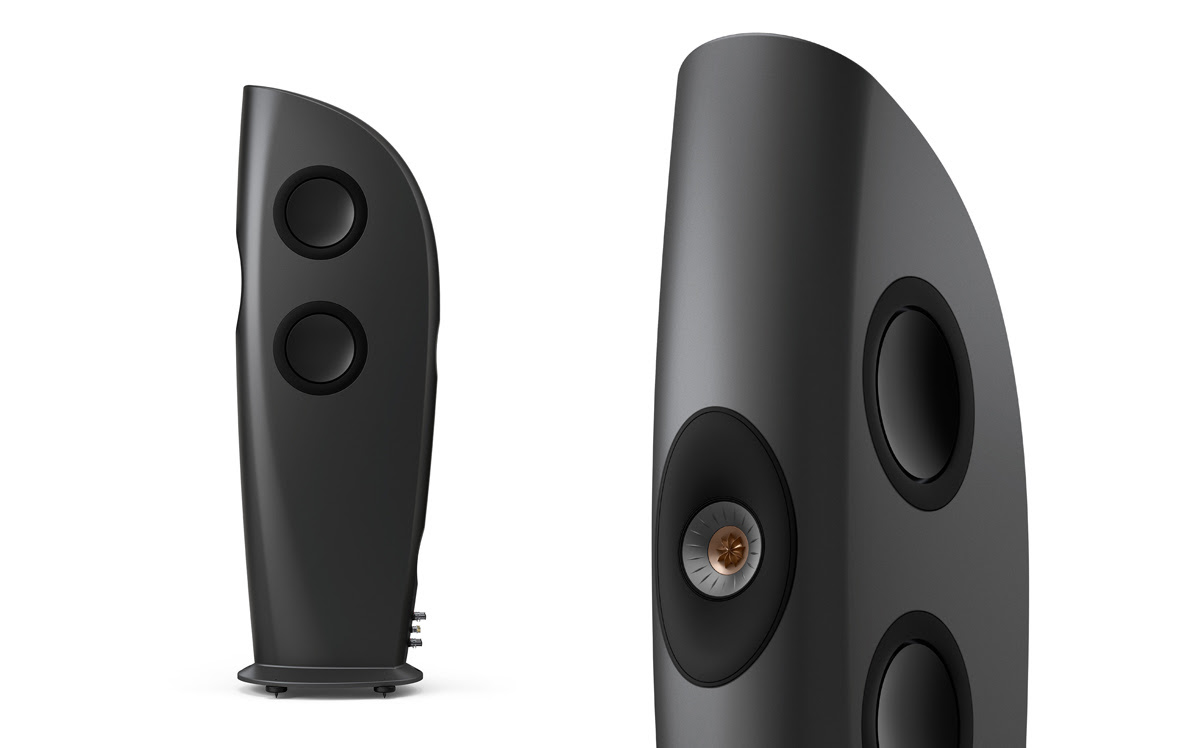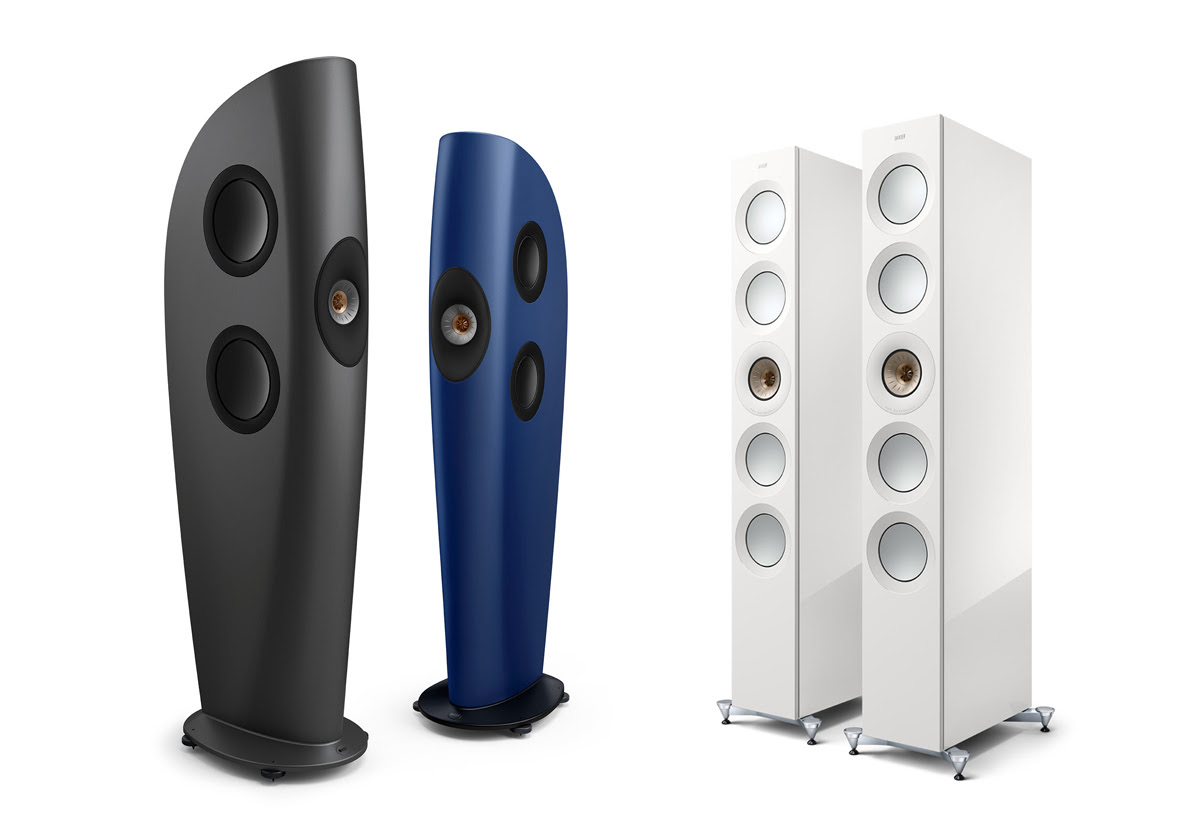KEF refreshes flagship Blade and The Reference speakers with innovative MAT technology (and more)
KEF continues to MAT-ify its speaker catalogue

Today's a big day for KEF, who (following a teaser last October) has just announced not one but two updated speaker series – including its flagship offering, no less.
Yes, the KEF Blade is now entering its next generation, still two models strong with the Blade One Meta and Blade Two Meta replacing the 2011-released predecessors. Meanwhile, The Reference range – comprising two three-way floorstanders, a three-way standmounter, and two three-way centre speakers – has also been refreshed to bear the Meta name.
This 'Meta' suffix represents KEF's Metamaterial Absorption Technology (MAT) technology, which it debuted in 2020 and lies at the heart of the What Hi-Fi? Award-winning KEF LS50 Wireless II and KEF LS50 Meta. It even won our 'Innovation Of The Year' Award that same year. Essentially, it's a plastic circular maze structure that sits behind the tweeter and claims to eliminate 99 per cent of high-frequency distortion by absorbing the rearward sound. Considering its success, we're pleased to see it implemented in KEF's new speakers here.
MAT technology works alongside KEF's bespoke 12th-generation Uni-Q driver in every model. And a new motor design aims to lower midrange distortion as well as reduce thermal compression, improving efficiency.

In the Blade, KEF's Single Apparent Source technology extends the driver array in an effort to achieve consistency across the wide range of mid-to-high frequencies that Uni-Q handles, while in The Reference speakers, the company's patented tangerine waveguide technology helps to create wide, even dispersion.
KEF says the Blade's four low-frequency drivers work perfectly in conjunction with the Uni-Q and MAT array. They are mounted back-to-back to avoid exciting - yes, exciting - the cabinet during high playback volumes, with each pair housed in a separate chamber to reduce the need for damping. The crossover design has been enhanced, and by decoupling the voice coil from the diaphragm, KEF has been able to use low order crossovers for "purer, silkier bass response".
The Reference speakers' Uni-Q driver is also aided by bass drivers, which KEF has implemented with a vented magnet assembly, large aluminium voice coil and an "exceptionally light and stiff" alloy cone.
Get the What Hi-Fi? Newsletter
The latest hi-fi, home cinema and tech news, reviews, buying advice and deals, direct to your inbox.
We'd be remiss not to mention the Blade's striking physicality, which sees the front radius taper from top to bottom and from front to rear. The parabolic curves of acoustically inert cabinets have been engineered to best eliminate standing waves that might mar the sound. Each tower is hand-built by the company in Kent, UK, and complementing that unique geometry is a choice of eight finishes, created by blending five cabinet colours with six colours for the driver cones. And from the summer, customisable finishes will be available.
The Reference cabinets have benefitted from finite element analysis to determine their optimum shape and bracing to reduce side-firing radiation, while KEF has also chosen a dampening method that turns vibrations into heat. Five finishes are available this time by blending three cabinet finishes with five driver cone colours.
So, prices... The Blade One Meta and Blade Two Meta cost a cool £30,000 and £22,500 respectively. The more modest Reference speakers (named Reference 1 Meta through to 5 Meta) range from £4750 to £17,500, with the S-RF1 Floor Stand (£1000) and REF 8b Subwoofer (£6000) optional extras.
MORE:
The best speakers you can buy in 2022
Becky is the managing editor of What Hi-Fi? and, since her recent move to Melbourne, also the editor of the brand's sister magazines Down Under – Australian Hi-Fi and Audio Esoterica. During her 11+ years in the hi-fi industry, she has reviewed all manner of audio gear, from budget amplifiers to high-end speakers, and particularly specialises in headphones and head-fi devices. In her spare time, Becky can often be found running, watching Liverpool FC and horror movies, and hunting for gluten-free cake.

